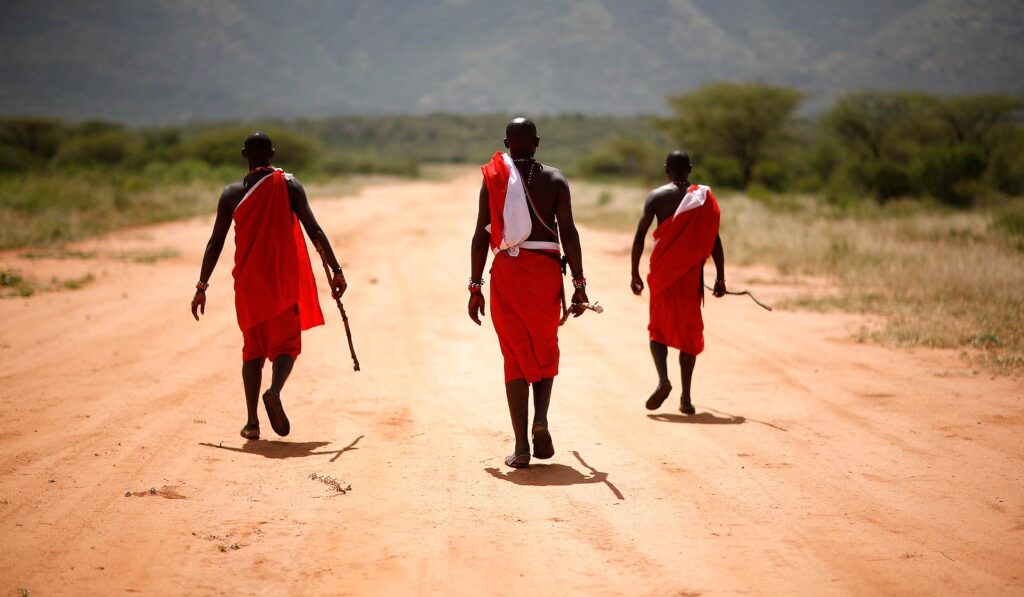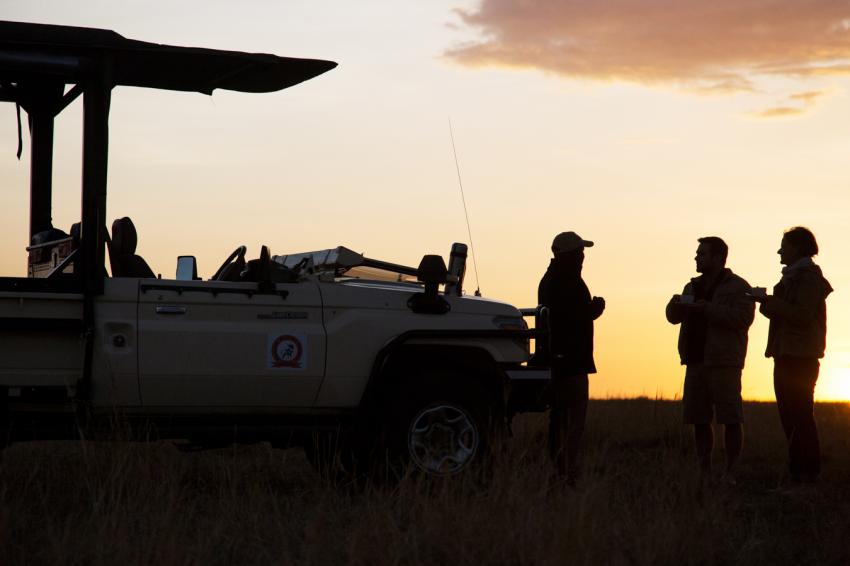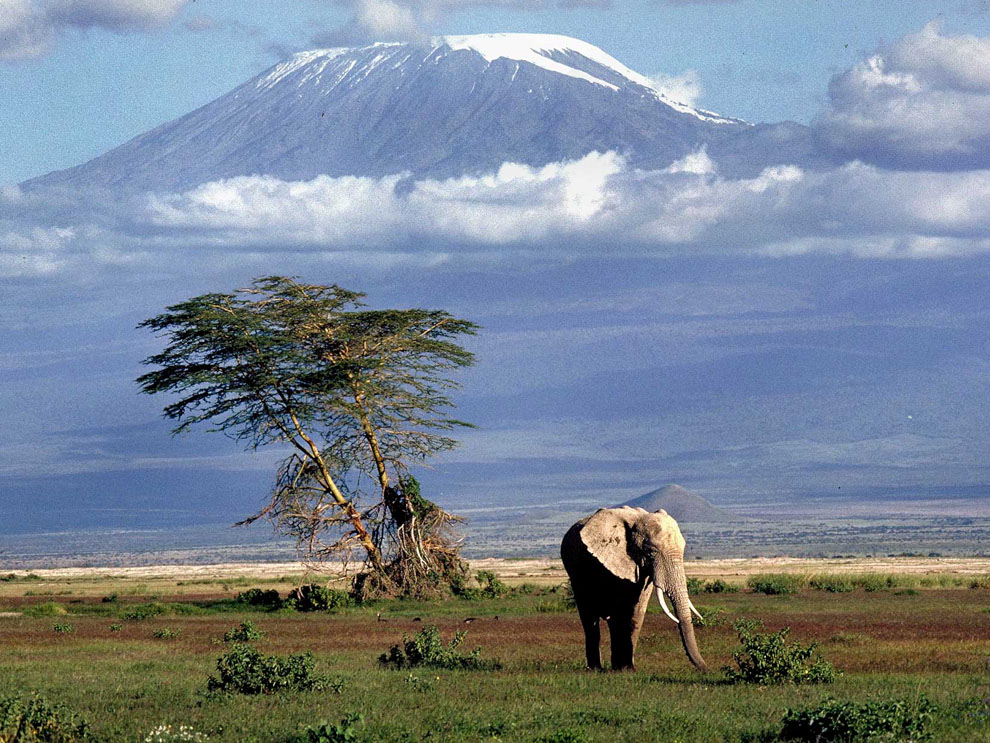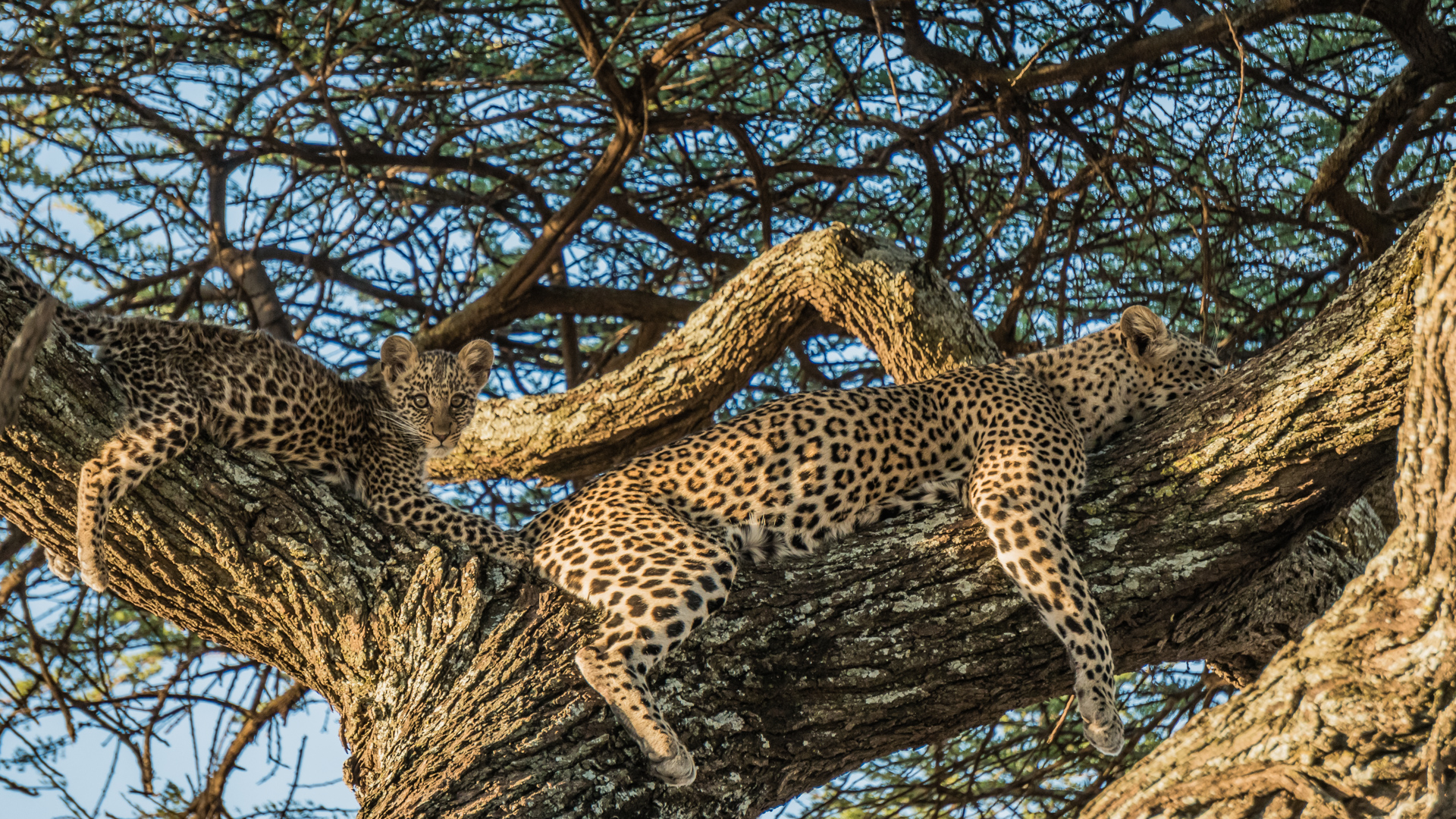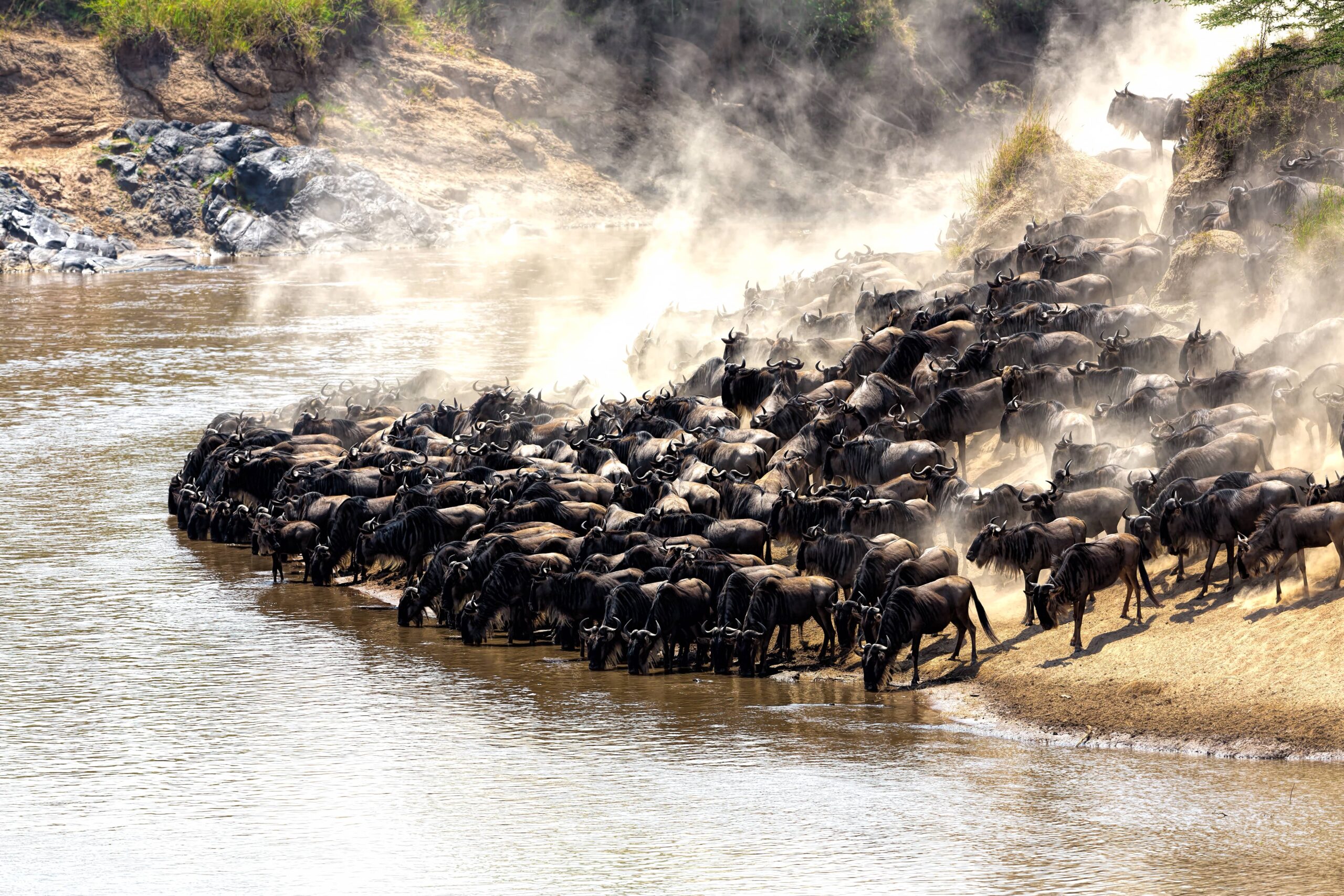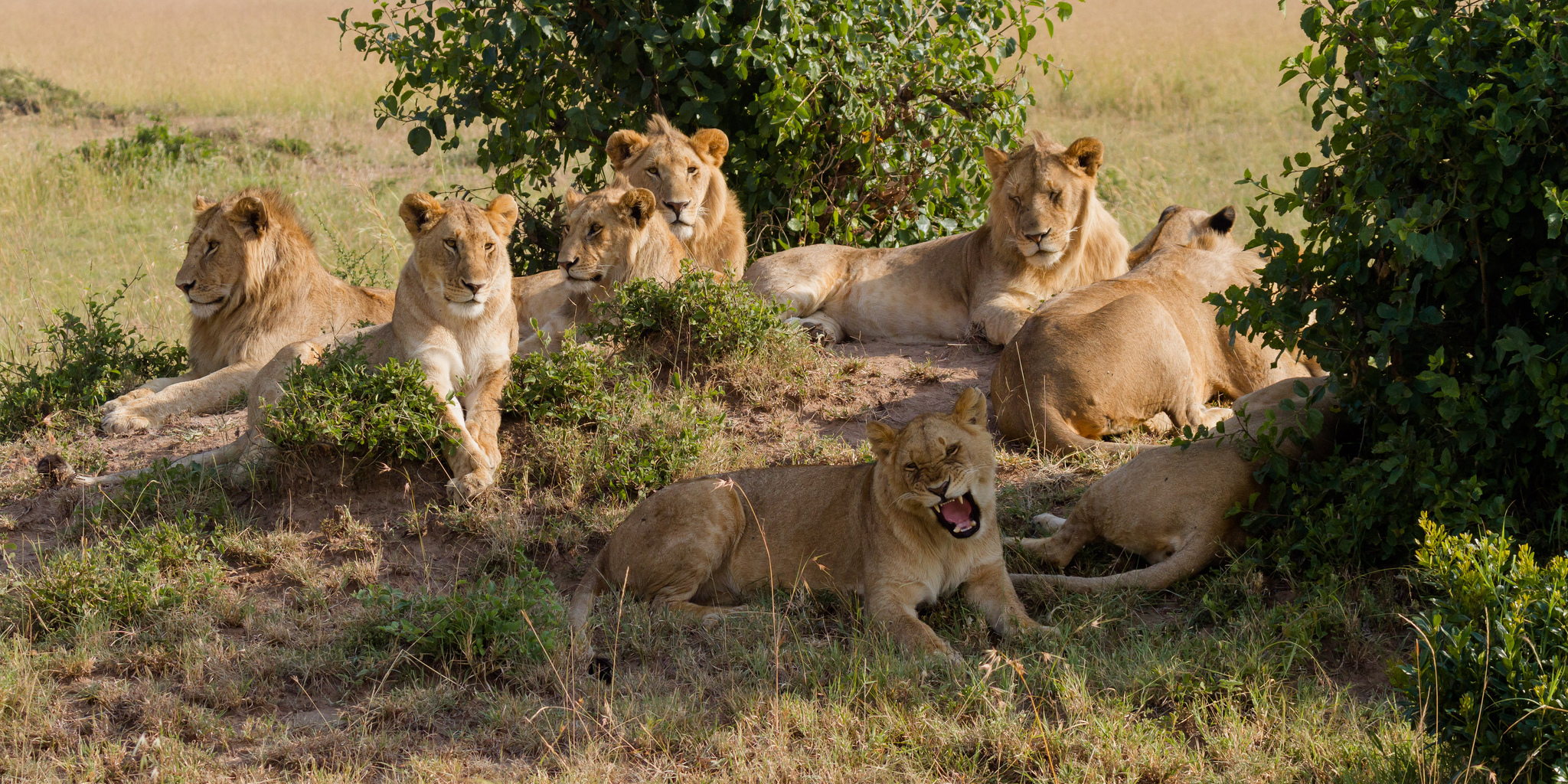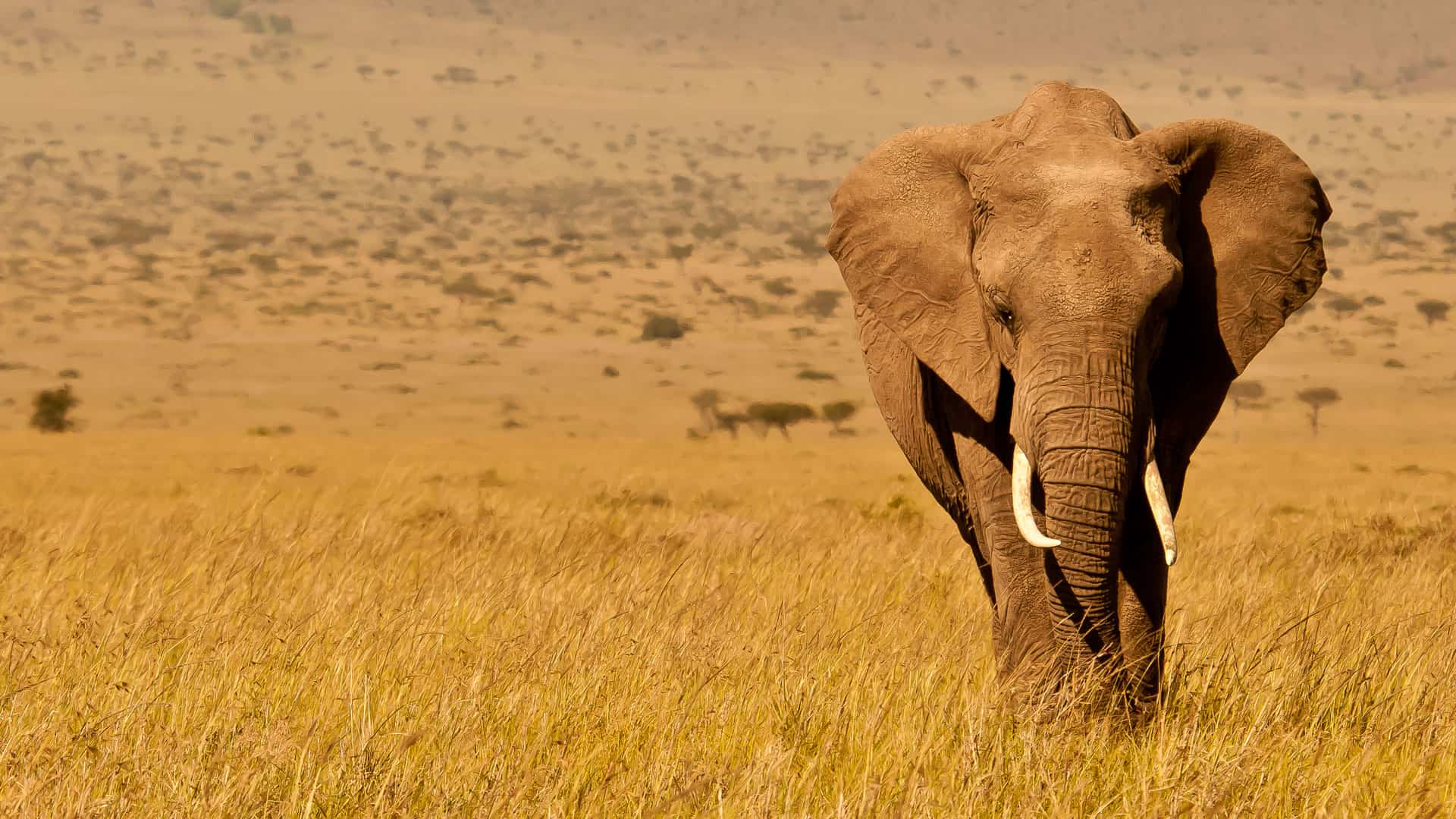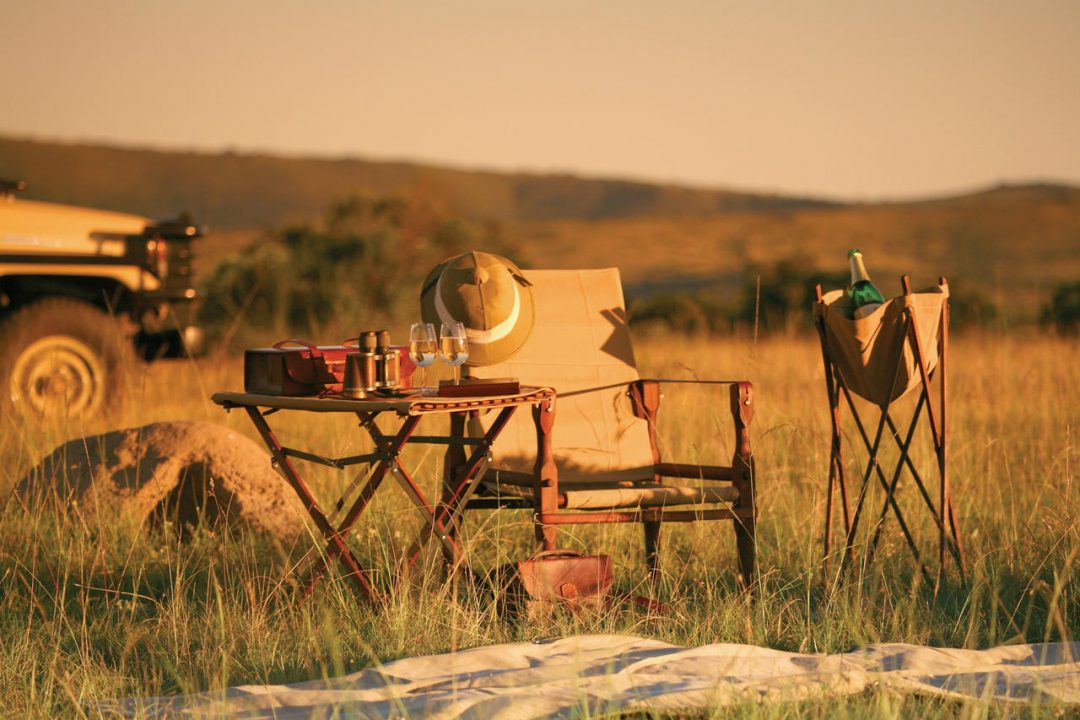Few places in the world provide the extraordinary opportunity to view wildlife in its natural habitat as Kenya. The word safari was invented in Kenya where in Kiswahai it means “journey”. This is a land with endless potential for wildlife enthusiast. From the great migratory herds of the wildebeest, the open savannah to the remoteness of the tropical rainforests, this is indeed a world of natural wonders.
Kenya has 59 National Parks and Game Reserves and 43 timeless cultures with many present in the villages that are unchanged by the modern world. The most popular safari on offer is in the Masai Mara and Serengeti Game Reserves.
Nairobi is Africa’s 4th largest city and is a vibrant and exciting place and although it has developed a reputation which keeps tourist visits brief there are some fascinating attractions: its café culture, unbridled nightlife, the National Museum, the Karen Blixen Museum and most notably just 20 minutes from the city centre wild lions and buffalo roam in the world’s only urban game reserve.

